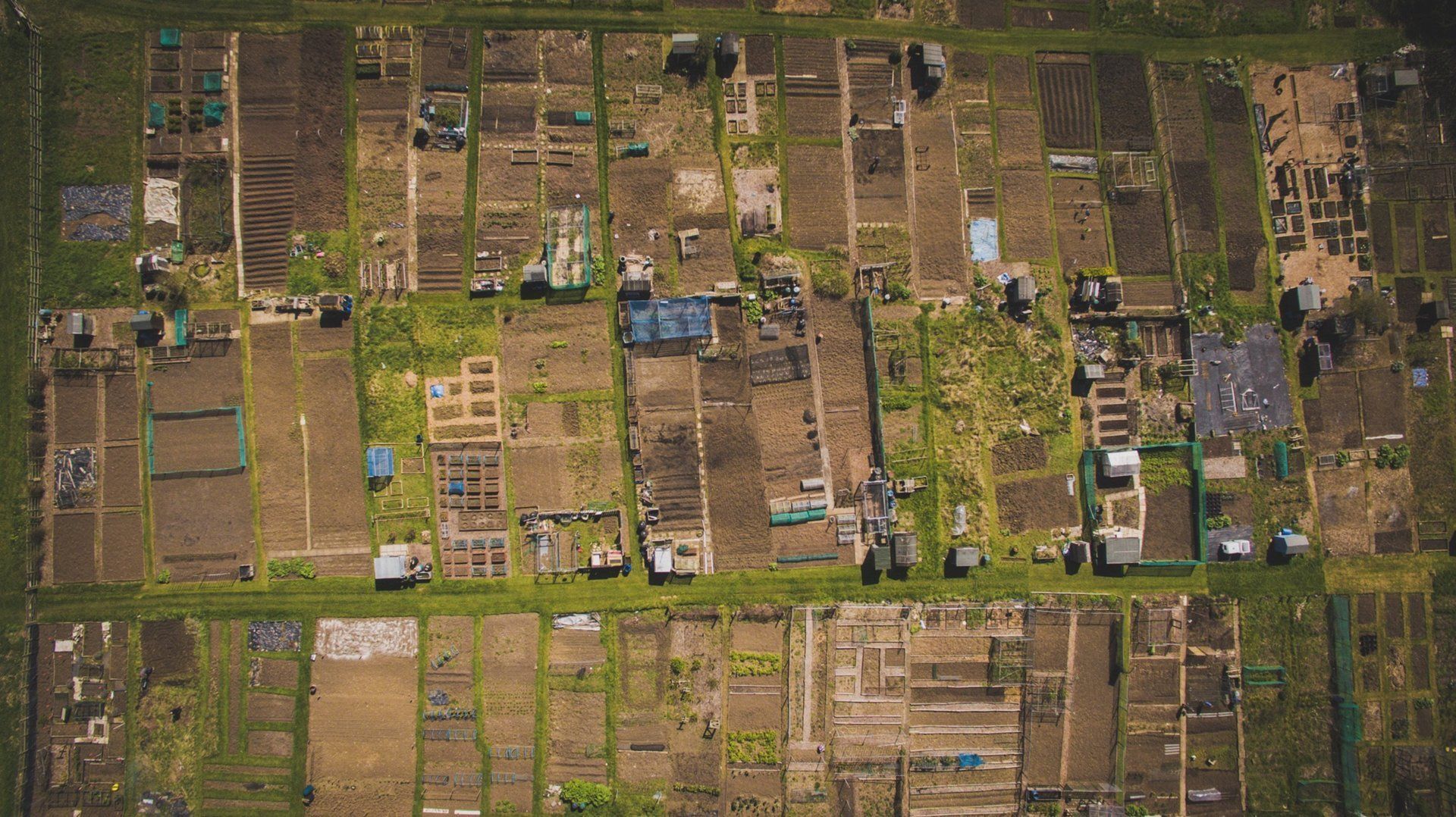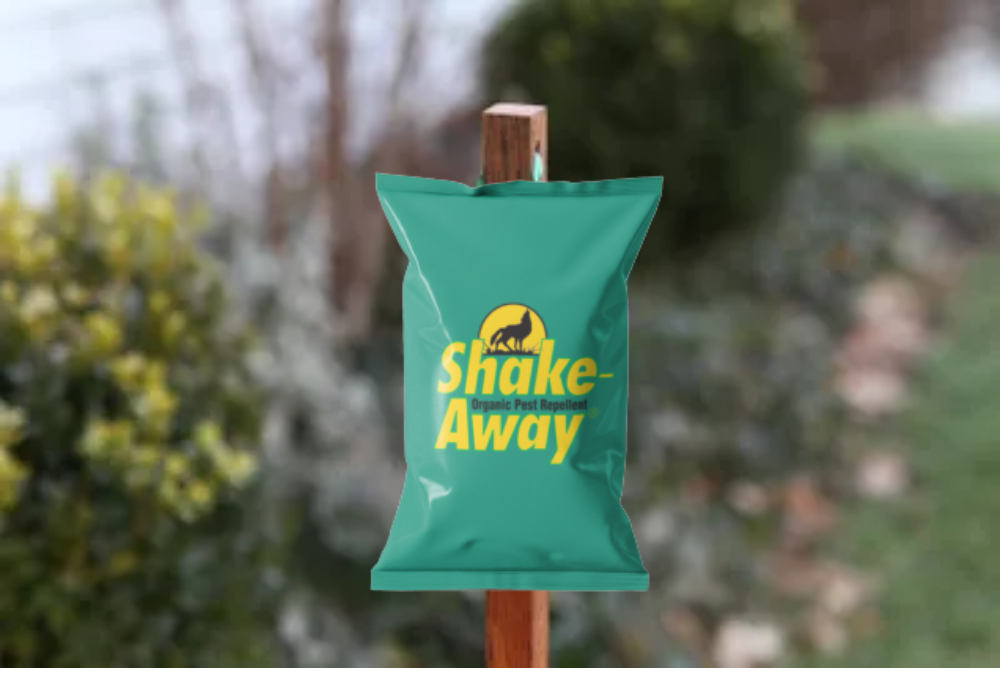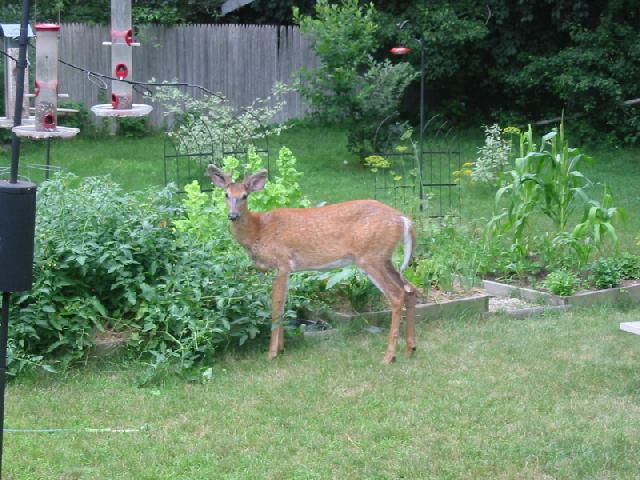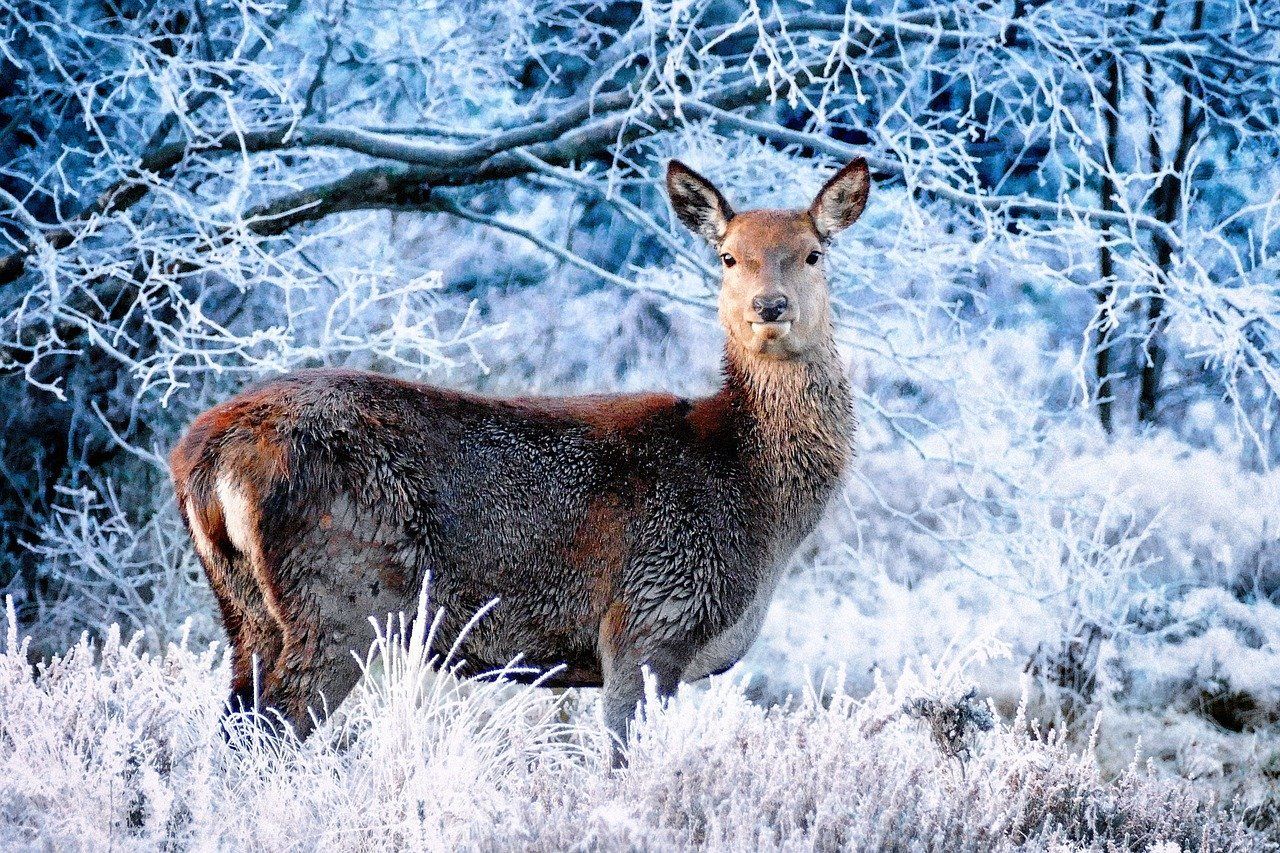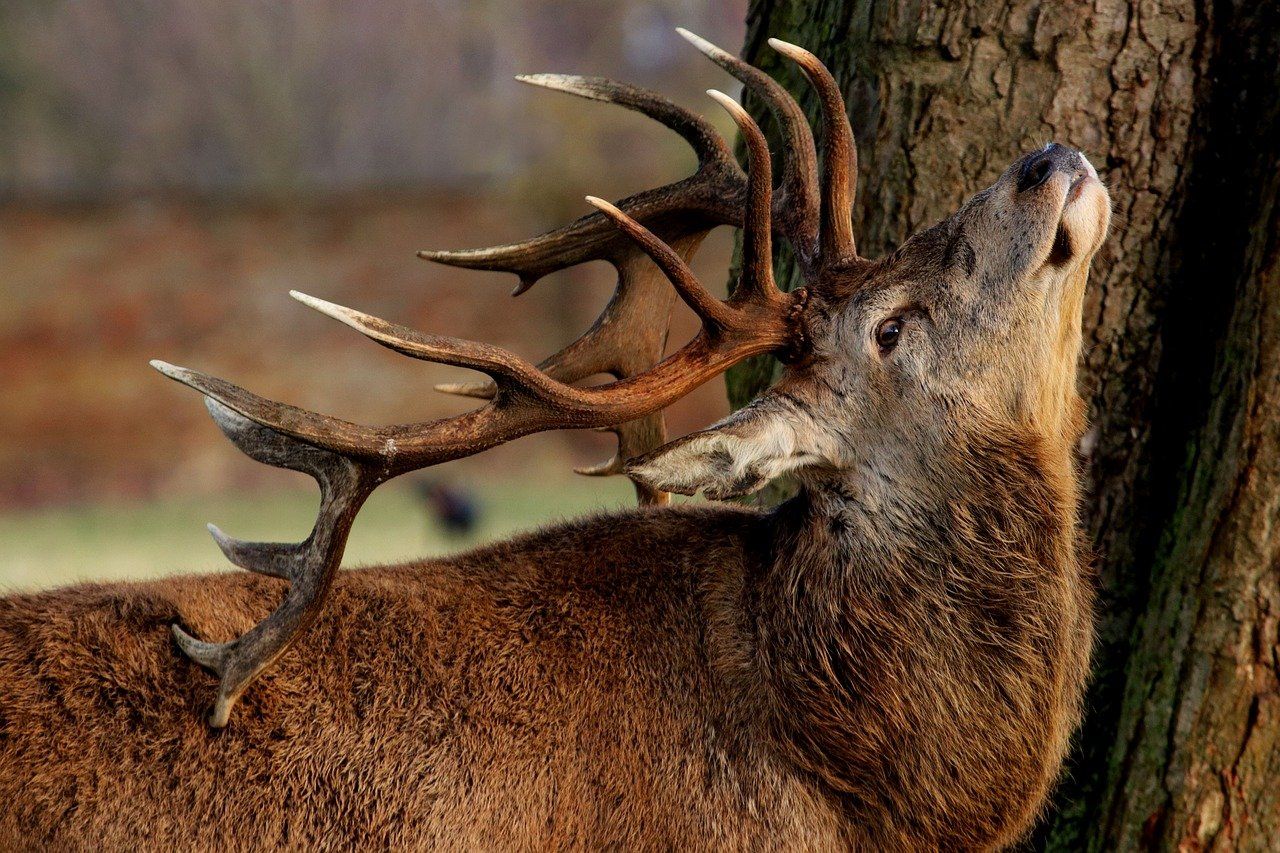How Do Deer Behave in the Fall?
Deer Activity Ticks Up In Autumn - Be Extra Vigilant About Protecting Your Plants
The chill has returned to the air as September rolls on – Autumn has returned to the northern hemisphere, ushering in new outdoor activities, apple cider, and animal behaviors. While we like to change our habits with the weather, so too do deer as they prepare for the winter months. Through the vernal rut through the raising and grazing of summer, what comes next for North America’s Cervidae family?
Young deer reach near-maturity -
While many of us are aware of the deer’s spring-time mating habits, it is easy to forget that all of the babies have to grow up in the following seasons. The growth process for young deer is relatively fast, as when juvenile deer are raised in favorable environments, they can develop into what is essentially their “young adult” phase in under 100 days. With most deer being born between April and June, the young will be reaching maturity through the autumnal months, making the population’s need for food higher as each of the offspring mature. This results in increased grazing, meaning that deer need to move around more frequently in order to local fresh food sources.
Changing dietary needs -
Similar to the young deer seeking to fuel their adjusting metabolism, mature deer need to thicken their coats and add on additional fat to their bodies in order to best survive the coming winter. This comes with the need to switch their primary “macro” intakes. During the spring and summer months, deer largely feed on fresh greenery, flowers, and berries. The need to bulk up and invigorate a winter coat shifts deer’s grazing needs to heartier foods like nuts, fibrous grains, and carbohydrate-rich fruits. While deer are typically not aggressive creatures, the prime of the deer’s autumn diet is short-live, meaning that some deer will take on more aggressive habits if food becomes scarce in the surrounding habitat.
You will likely run into deer more frequently -
The population boom provided by the spring months is not the only factor that contributes to the seeming increase in deer activity through the fall. The drive to find food from new sources also pushes deer into spaces that would typically be avoided during the warmer months. Human behavior plays an important role in this dynamic as well, as less human activity outside of our homes results in deer populations feeling safer for more hours of each day. The fewer people that share the habitat, the more likely a deer is to venture into what may be human territory during warmer months.
White-tailed deer furbish their horns -
As with the maturing of young deer, white-tails are in the midst of tending to their newly-grown horns. While the horns grow through the warmer months of the year, the “velvet” that covers the new growth needs to get rubbed off during the fall months. As the new growth solidifies into dense bone, the soft skin and fur that covers it gets scratched off on coarse surfaces – most notably tree trunks. These “rubs” are often tells for a keen eye to identify whether there are deer in the area.
Autumn ushers in all the comforts of a warm home, inviting more invasive behaviors by deer near your property – If you’re having trouble with a deer herd helping themselves to your fruits or trees, considering Deer Repellent Packs. Easy to use, all natural, and backed up with a money-back guarantee, Deer Repellent Packs work with the scent of a deer’s natural predator: the coyote. For more information about the products we offer, click here!




